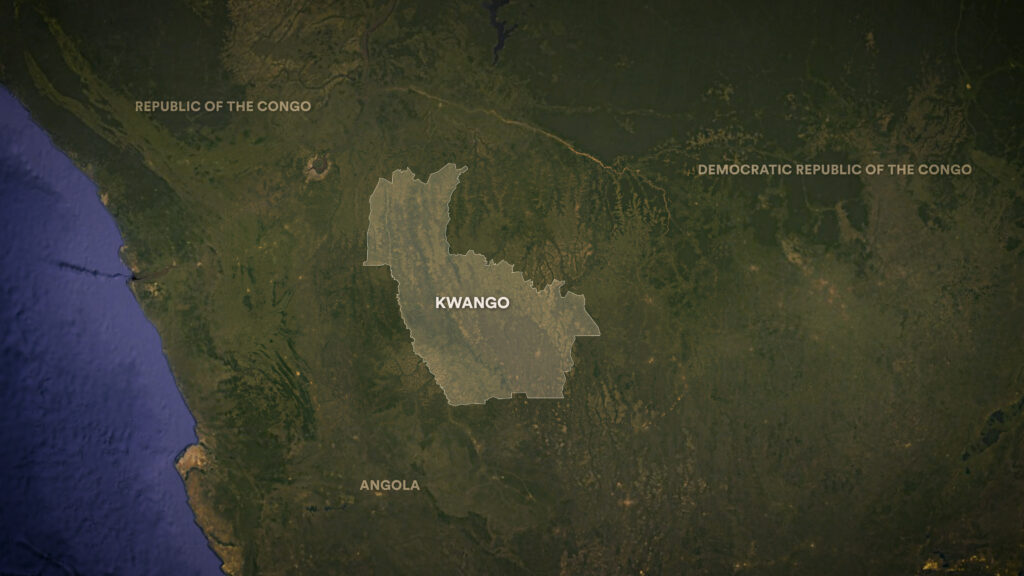The cause of an outbreak of illness in a remote part of the Democratic Republic of the Congo that has garnered substantial international attention is still not known. But a statement released Sunday by the World Health Organization both sheds some light on why the source of the illness hasn’t yet been identified and what the illness — or illnesses — might be.
Though it did not rule out the possibility of a novel disease, the WHO statement leaned heavily into the likelihood that one or more known diseases — malaria, pneumonia, influenza, Covid-19, or measles — exacerbated by severe malnutrition may be behind the outbreak and the high number of deaths attributed to it.
advertisement
“The area experienced deterioration in food insecurity in recent months, has low vaccination coverage and very limited access to diagnostics and quality case management,” the Geneva-based global health agency said. “There is a lack of supplies and transportation means and shortage of health staff in the area. Malaria control measures are very limited.”
There have been wildly divergent reports of how many deaths have occurred due to the as-yet-undiagnosed outbreak in the Panzi health zone in Kwango province, in the southwest of the country. In its statement, the WHO said there have been 406 recorded cases and 31 deaths — the latter number being at the low end of the reports that have emerged. Half of the cases are in children under the age of 5 and 55% of the deaths have been in that age group, the WHO said.
The outbreak is occurring in a part of the country with no local laboratory, few health services, and limited mobile phone and internet network coverage. Testing materials had to be brought into the area, and then taken by land to Kinshasa, a two-day drive on roads that are difficult to navigate, particularly given that it is the rainy season in the affected part of the DRC. The WHO said that transit is made more challenging by the existence of armed gangs in the region.
advertisement
The WHO has dispatched a team to help Congolese health officials in their efforts to identify the cause of the outbreak and treat cases.
Craig Spencer, an associate professor in Brown University’s School of Public Health in Providence, R.I., has worked on a number of occasions in DRC, mainly in the east of the country. He’s not surprised that getting an answer to what’s going on in Panzi is taking time.
Spencer told STAT that while there remains a possibility that something new has emerged, it’s more likely that people who are badly malnourished are having a hard time fighting off commonplace illnesses.
“The reality is that this is likely an unknown known,” he said. “Something that we have dealt with and can be diagnosed and can be managed.”
The WHO’s statement said that food insecurity in the region hit crisis levels in September, using a tool known as the Integrated Food Security Phase Classification system. Phase 3 on the system’s five-point scale is considered a crisis. In April, the region had been at Phase 1, which meant food insecurity risks were minimal. “This suggests a significant phase of increase in food insecurity and risk of severe acute malnutrition,” the WHO said.
Severe malnutrition could easily trigger higher-than-normal death rates, especially in young children, when things like malaria, flu, or measles are making the rounds, Spencer said.
“I don’t know what the causative agent is here. But it seems almost certain based on this WHO press release and what we’ve heard so far that malnutrition is likely playing a very big role, particularly when you see that the … majority of severe cases appear to be in children under 5,” he said.
At a press conference organized by the Africa Centres for Disease Control and Prevention last week, Dieudonné Mwamba, director general of DRC’s National Public Health Institute, said influenza had been circulating in the region at the time the outbreak was first reported, in late October.

